Mastering Visual Regression Tools: A Comprehensive Guide for Web Developers.

The Visual Regression Revolution: A New Era in Web Development.
As web developers, we know the importance of delivering pixel-perfect designs that provide a seamless user experience across multiple devices and browsers. That’s where visual regression testing comes in – a powerful approach that helps us ensure our designs look and function as intended, every time.
Visual Regression Testing: The What and the Why.
Visual regression testing is a process that compares the visual appearance of a website or application against a baseline image. By automating this process, we can quickly identify any discrepancies or unintended changes in design – helping us create consistent, visually stunning web experiences.
So why does visual regression testing matter? Simple: it saves time, reduces errors, and ensures a high-quality end product. With these tools in our arsenal, we can tackle any web development project with confidence.
Visual Regression Testing: The What and the Why.
Ready to embrace visual regression testing? Here’s a rundown of the top tools to help you get started.
Percy: Your All-in-One Visual Regression Solution.
Percy is a comprehensive visual testing platform that integrates seamlessly with your existing workflow. With support for popular frameworks like React, Vue, and Angular, Percy makes it easy to capture and review visual changes across your entire application.
BackstopJS: The Open-Source Powerhouse.
BackstopJS is a powerful, open-source tool for visual regression testing. With an easy-to-use command line interface and support for CSS animations, BackstopJS offers a robust solution for developers who prefer a hands-on approach.
Applitools: AI-Driven Visual Testing.
Harness the power of artificial intelligence with Applitools, a cutting-edge visual testing platform that uses machine learning algorithms to detect visual differences. With advanced features like auto-maintenance and root cause analysis, Applitools streamlines the testing process and helps you identify issues with pinpoint accuracy.
Visual Regression Testing Best Practices: Tips for Success.
To get the most out of visual regression testing, keep these best practices in mind:
Establish a Baseline: The Foundation of Your Testing Strategy.
Before you start testing, establish a baseline image that represents the ideal visual appearance of your website or application. This will serve as the reference point against which all future tests are compared.
Integrate with Your Development Workflow: A Seamless Process.
Visual regression testing works best when it’s integrated into your development workflow. Set up automated tests to run whenever changes are made, ensuring that any visual discrepancies are caught early in the development process.
Review and Refine: Continuous Improvement in Action.
As with any testing methodology, the key to success is continuous improvement. Regularly review your visual regression testing process and refine it as needed to ensure you’re always delivering the highest quality web experiences.
Embracing Visual Regression Tools for Web Development Success.
By incorporating visual regression tools into your web development toolkit, you can create visually stunning and consistent websites with greater efficiency. Embrace these powerful tools and elevate your web development game to new heights.
Boost Your Website’s Performance with Kyga’s Web Hosting Services.
At Kyga, we understand that web hosting is a critical factor in optimizing your website’s performance. That’s why we offer a complete range of web hosting services designed to take your website to the next level. Our expert team can help you with everything from website caching to server configuration, ensuring that your website runs lightning-fast and performs at its best.
Don’t let slow loading times and poor website performance hold you back. Contact Kyga today to learn more about our web hosting services and how we can help your website achieve its full potential. With our cutting-edge technology and expert support, you can trust us to deliver the best web hosting experience possible.

Embracing the Headless Website Revolution: Advantages and Opportunities
Discover the benefits and opportunities of adopting headless websites, a modern approach to web development that can redefine your online presence….
Read More
WordPress in 2023: The Ultimate CMS for Your Online Success
Discover why WordPress continues to reign supreme as the best Content Management System (CMS) in 2023, and learn how its powerful features and user-friendly interface can drive your online success….
Read More
Picking the Right Web Hosting Provider: A Crucial Step for SEO Excellence
As experts in digital marketing, we understand that selecting a web hosting provider is a decision that carries more weight than you might think. A solid hosting provider not only ensures your website…
Read More
Crafting Shareable Content: The Art of Going Viral
The internet is a powerful tool, and your content has the potential to reach millions of people in just a few clicks. But to make that happen, you need to create content that’s not just informative …
Read More
Mastering Visual Regression Tools: A Comprehensive Guide for Web Developers
Dive into the world of visual regression testing and learn how it can revolutionise your web development process. This comprehensive guide will help you master the tools and techniques to ensure pixel…
Read More
Understanding Website Caching: Improve Your Website Speed and Performance for SEO
In today’s digital world, website speed and performance are crucial for providing a great user experience. Website caching is an essential technique that website owners can use to improve their webs…
Read More